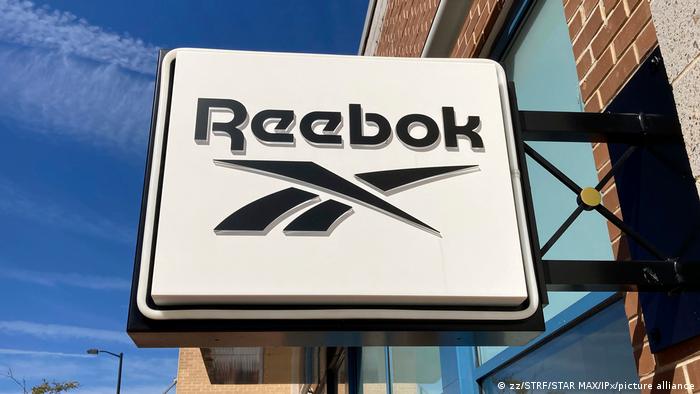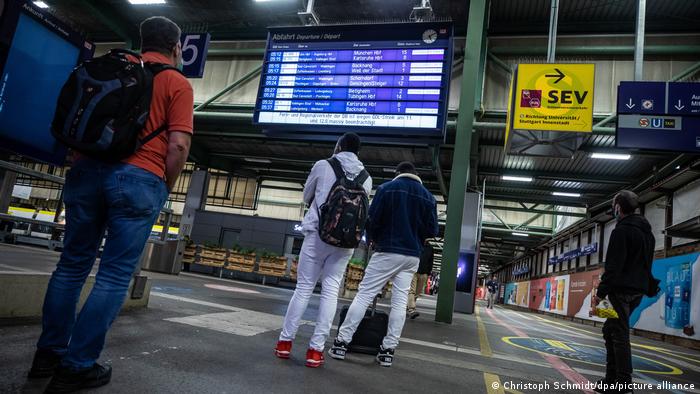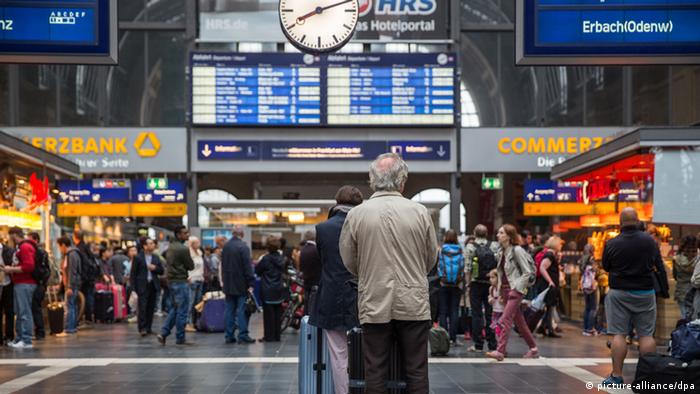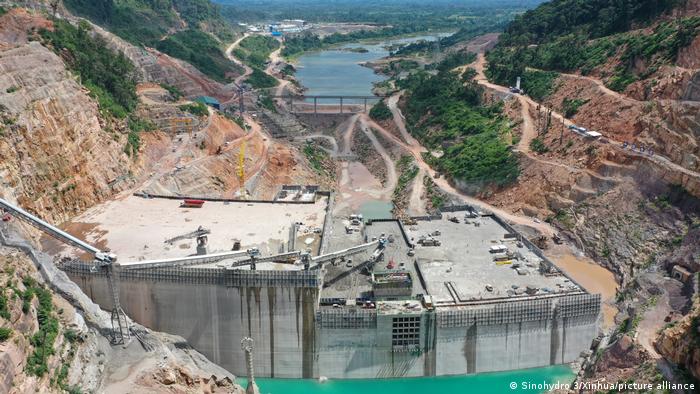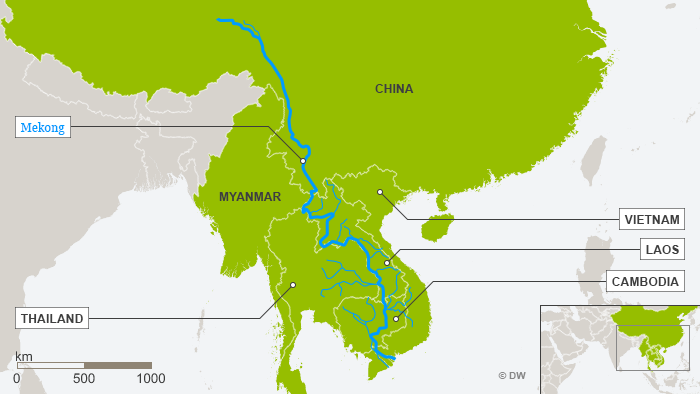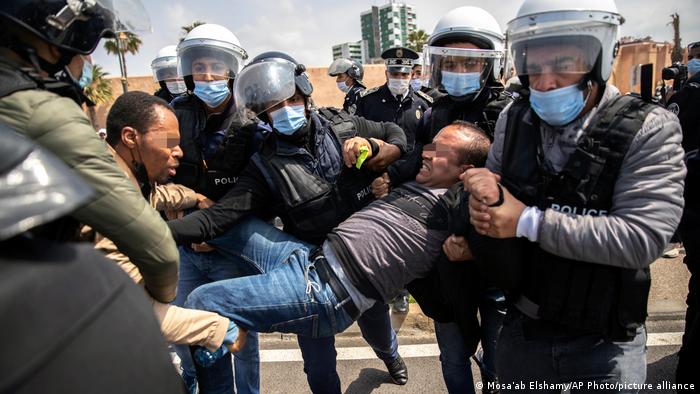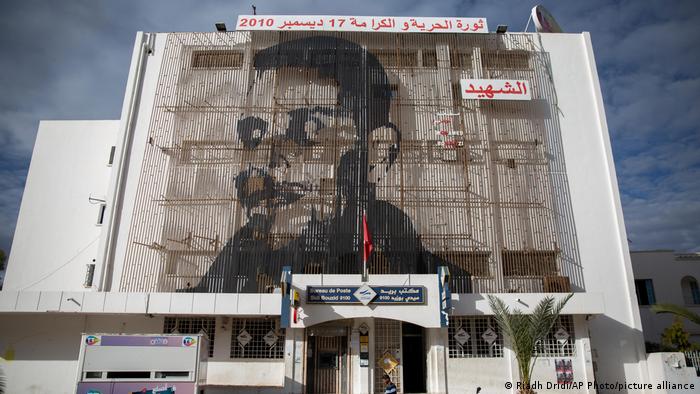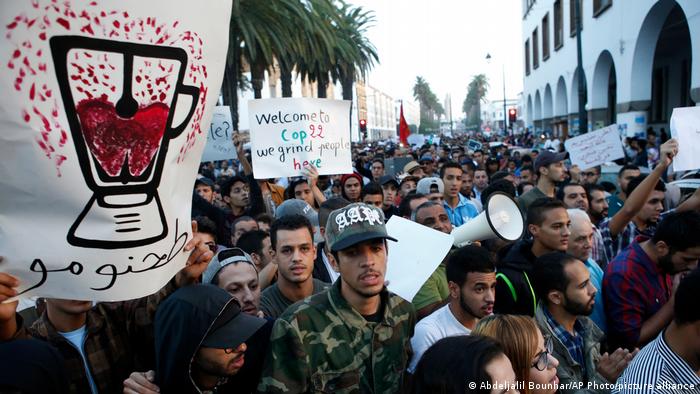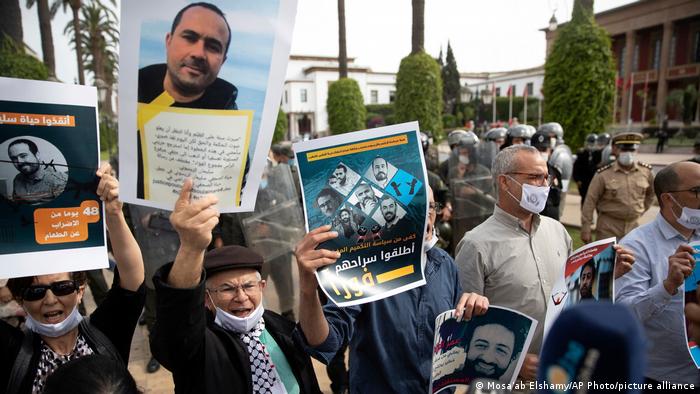Applying data-driven multimodal speed management strategies for safe, efficient transportation
How can we use a variety of data-driven speed management strategies to make transportation safer and more efficient for all modes–whether you’re driving, walking or taking transit?
The project was led by Yao Jan Wu, director of the Smart Transportation Lab at the University of Arizona. Co-investigators were Xianfeng Terry Yang of the University of Utah, who researches traffic operations and modeling along with connected automated vehicles, and Sirisha Kothuri of Portland State University, whose research has focused on improving signal timing to better serve pedestrians. Join them on Sept 15, 2021 for a free webinar to learn more.
"We want to improve mobility for all users, be it pedestrians, vehicle drivers or transit riders, and there are different strategies to do this. How do we harness data to drive us to these strategies?" Kothuri said.
Funded by the National Institute for Transportation and Communities (NITC), this multi-university collaboration addressed the question from three angles:
- Wu and his students in Arizona looked at the impact of speed management strategies on conventional roadways.
- Yang and his team examined the effects of speed management strategies on connected corridors, coordinating with transit signal priority (TSP) systems.
- Kothuri and her PSU team came up with an approach to estimate pedestrian delay at signalized intersections.
The aim of their combined research efforts was to investigate the possibility of developing and implementing more innovative speed management strategies that are effective for multimodal transportation and can be applied in both conventional roadways and "connected" roadways - i.e. equipped with vehicle-to-infrastructure or infrastructure-to-infrastructure communication capabilities.
IMPACT OF SPEED FEEDBACK SIGNS ON TRAFFIC FLOW AND SAFETY
Working with Pima County, Arizona, Wu and the Arizona research team evaluated the mobility and safety impacts of speed feedback signs on conventional roadways. Ina Road, a major signalized arterial in Tucson, was selected as the study corridor. This corridor was chosen because of the existing speed feedback signs along the corridor between signalized intersections, and due to the presence of advanced traffic data collection systems. Traffic data were collected for four weeks (May 28-June 25, 2018), and the existing signs were disabled for two weeks (June 11th-June 25th) during the data collection.
Using MioVision’s TrafficLink platform and high-resolution data, the researchers measured:
- Percentage arrival on red: The percentage of vehicles that arrived at the intersection when the signal was red.
- Split failure: The occurrence of leftover demand (when at least one vehicle in the queue was not able to go, but had to wait for the next green cycle) for a specific approach at an intersection.
- Intersection delay: Total amount of time that all vehicles spend in the intersection queue while waiting to pass the intersection.
For a given time of day before and after disabling the speed feedback signs, only a little variation in traffic flow was observed. Similar traffic flow peaks for all the segments suggest that arterial mobility and traffic flow were not affected by disabling the signs. But what about the signs' effect on safety?
Data from the Pima Association of Governments show that the total number of severe crashes (four) on the study corridor all occurred before implementing the speed feedback signs in 2015. Moreover, using speed as a performance indicator, the researchers found a reduction in drivers' speeds along each link of the corridor, in between intersections (see page 21 of the final report for a table of speed results on weekdays and weekends). The reduction in the link speed was significant during the times the feedback signs were enabled, suggesting a reduced likelihood of severe crashes.
RETIMING SIGNALS FOR TRANSIT SIGNAL PRIORITY
Yang and the Utah team explored the impact of a speed management strategy on a connected corridor in Salt Lake City, Utah: how does signal retiming impact a transit signal priority (TSP) system?
Although TSP is a promising way to reduce bus delays at intersections, improve transit operational reliability, and consequently increase transit ridership with improved service, the effectiveness of TSP is subject to things like bus schedule, signal timing plan, passenger flows, etc. Considering this, the Utah Department of Transportation (UDOT) adopted a speed management strategy – signal coordination and retiming – to improve the effectiveness of TSP. UDOT implemented signal coordination along a stretch of Redwood Road, a connected corridor with dedicated short-range communication, and applied several signal timing plans with the aim of maximizing the benefits of TSP.
In general, researchers found, the average rate of TSP served before signal retiming was 33.13%, which is lower than that of 35.29% after signal retiming. This means that more buses requesting signal priority had their requests met, after the signals were retimed. In other words, the speed management strategies were also helping to improve bus reliability.
In addition, bus travel time and bus running time were reduced after signal retiming. All of these findings indicate that the speed management strategy implemented along this connected vehicle corridor results in an improvement of TSP and bus service.
ESTIMATING PEDESTRIAN DELAY
There is technology, like signal controllers that can record high-resolution data, capable of recording pedestrian delay; but not every intersection is equipped with this technology because it is costly. Agencies are upgrading their infrastructure when possible, but there are still a lot of intersections where there is no means of knowing how long of a delay a pedestrian may experience.
The PSU team, led by Kothuri, developed an alternative method for estimating pedestrian delay by using controller data for estimating multimodal signal performance measures.
Traditionally, signal timing is calibrated to prioritize vehicle movement, and long delays for pedestrians can increase noncompliance, causing unnecessary risk. So the team's goal was to find a way to use data to estimate what the pedestrian delay would be, at intersections that are not equipped with the latest infrastructure. Researchers took data from Ina Road, the same study corridor in Pima County, Arizona used to evaluate speed management strategies, and used finite mixture modeling to model pedestrian delay. Results showed that their method was able to successfully model the delay fluctuations with less than 10% mean absolute error. This method can be applied to intersections with similar characteristics as the test intersections. So cities and agencies that do not have signal controllers to capture pedestrian delay can use this finite mixture modeling method to figure out where they need to apply strategies to reduce that delay.
The application of the proposed method could be beneficial to transportation agencies in three capacities:
- providing a more reliable, robust, and accurate approach for estimating pedestrian delay at signalized intersections where sensors are not available to collect pedestrian delay;
- a tool for analyzing the risk of pedestrians violating the signal;
- calibrating a network-wide model for estimating pedestrian delay at all intersections without the need to use additional resources
OUTCOMES OF THE RESEARCH
An effective strategy for improving mobility needed to consider both motorized and non-motorized modes of transportation. The three main achievements of this project were:
- Evaluate the impact of speed management strategies along conventional arterials using smart sensor data;
- Understand the role of conventional speed management strategies in supporting connected arterials;
- Examine the possibility of using controller event-based data to estimate multimodal signal performance measures.
Improved multimodal speed management strategies foster a safer community that will, in turn, encourage more people to walk and bike. This project addressed data-driven multimodal speed management strategies for traditional corridors using traffic sensors, and for future evaluation of connected vehicle-based strategies. The project also strengthened relationships between the three universities and their local partners, including Pima County and the Utah DOT.
"This project highlighted the strong collaboration we have among the universities. Trying to find innovative solutions during the process tied our universities together, bringing local resources together as well," Wu said.
ABOUT THE PROJECT
Data-Driven Mobility Strategies for Multimodal Transportation
Yao-Jan Wu, University of Arizona; Xianfeng Yang, University of Utah; Sirisha Kothuri, Portland State University
- Download the Final Report (PDF)
- Download the Project Brief (PDF)
- Register for the September 15, 2021 webinar
This research was funded by the National Institute for Transportation and Communities, with additional support from Pima County Public Works Administration, Portland State University, University of Arizona, University of Utah, and Utah Department of Transportation.
RELATED RESEARCH
To learn more about this and other NITC research, sign up for our monthly research newsletter.
- Connected Vehicle System Design for Signalized Arterials
- Improving Walkability Through Control Strategies at Signalized Intersections
- Development Of Low-Cost Radar-Based Sensor For Multi-Modal Traffic Monitoring
The National Institute for Transportation and Communities (NITC) is one of seven U.S. Department of Transportation national university transportation centers. NITC is a program of the Transportation Research and Education Center (TREC) at Portland State University. This PSU-led research partnership also includes the Oregon Institute of Technology, University of Arizona, University of Oregon, University of Texas at Arlington and University of Utah. We pursue our theme — improving mobility of people and goods to build strong communities — through research, education and technology transfer.

